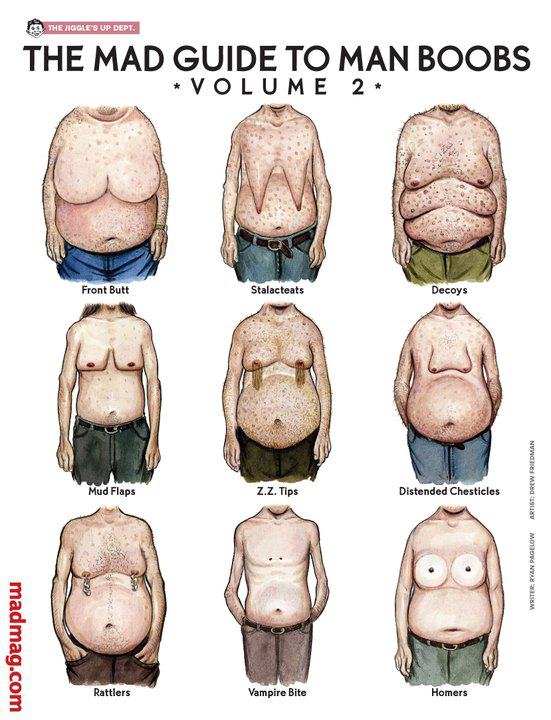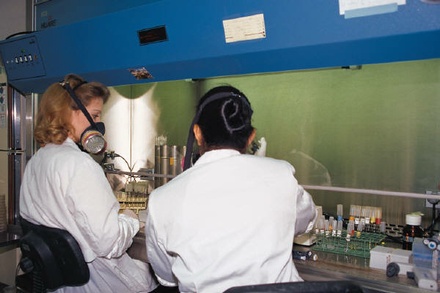In 2006, the pharmaceutical giant Pfizer released a state of the art clinical study of a new drug designed to treat high cholesterol, torcetrapid. The results were puzzling. The compound lowered low density lipoprotein, aka LDL or “bad” cholesterol. It also substantially pushed up high density lipoprotein, or HDL, the “good cholesterol.” By all accrued medical wisdom, torcetrapid should have lowered the rate of cardiovascular events—heart attacks, strokes, and, ultimately deaths.
But it did not. Instead, it increased both—by 61 percent. Worse: more heart patients died than those in a control group. What had happened? Why hadn’t the “good” cholesterol improved their odds of living longer?
 60 Is The New 16!
60 Is The New 16! Low T? Welcome To Their World, Brother!
Low T? Welcome To Their World, Brother!












